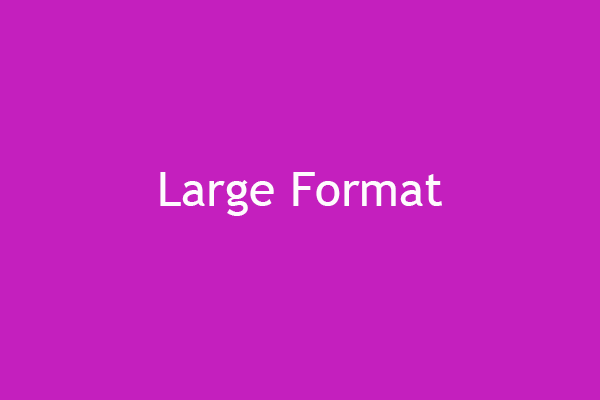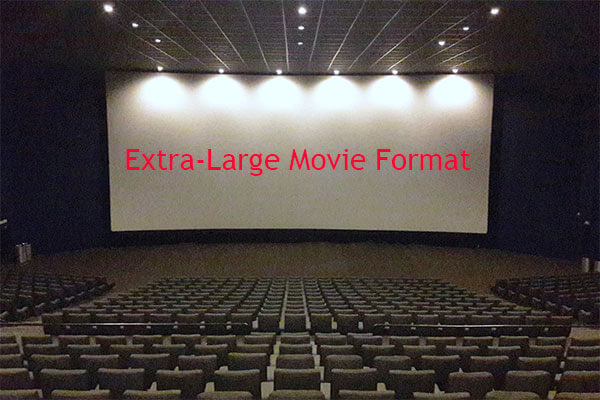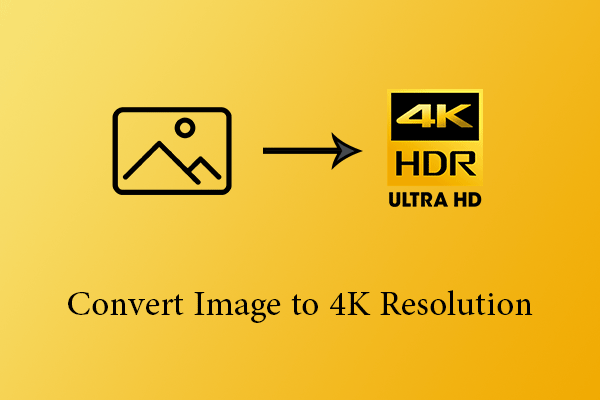What is Large Format Photography?
Large format photography is a type of photography that uses film or digital sensors that are larger than the standard 35mm film or digital sensors. The larger format allows for greater detail, sharpness, and tonal range in the images. Large format photography is often used for landscape, nature, architecture, and product photography.
Types of Large Format Photography
The following is an introduction to large format photography types.
1. Large Format Landscape Photography
Large-format landscape photography is a popular type of photography that captures the beauty of nature and landscapes. The large format film or digital sensors allow for greater detail and sharpness, making it perfect for capturing the intricate details of landscapes.
2. Large Format Nature Photography
Large-format nature photography is a specialized type of photography that focuses on capturing the beauty of nature. The large format film or digital sensors allow for greater detail and sharpness in the images, making it perfect for capturing the intricate details of plants, animals, and landscapes.
3. Portrait Large Format Photography
Large-format portrait photography involves using a large format camera to capture high-quality images of people. The large format film or digital sensors allow for greater detail and tonal range in the images, resulting in stunning portraits.
4. Large Format Product Photography
Large-format product photography is a specialized type of photography that focuses on capturing high-quality images of products. The larger format allows for greater detail and sharpness in the images, making it perfect for showcasing the intricate details of products.
5. Large Format Black and White Photography
Large-format black-and-white photography is a classic form of large format color photography that is popular among photographers. The larger format allows for greater tonal range and contrast in the images, resulting in stunning black and white photographs.
6. Large Format Film Photography
Large-format film photography (X-Ray for example) involves using a large sheet of film, typically 4×5 inches or larger, to capture images. This type of photography requires careful composition and exposure control, but it results in high-quality images with incredible detail and tonal range.
7. Large Format Fine Art Photography
Large-format fine art photography can result in stunning, highly detailed images that are often displayed in galleries and museums. The process of creating large format fine art photography can be time-consuming and requires a high level of technical skill, but the results can be truly remarkable.
8. 8×10 Large Format Photography
8×10 large format photography is a specific type of large format photography that uses an 8×10 inch film or digital sensor. This size is popular among photographers due to its large size and high-quality images.
9. Ultra Large Format Photography
Ultra-large format photography involves using film or digital sensors that are larger than 8×10 inches. This type of photography is rare and requires specialized equipment, but it results in extremely high-quality images with incredible detail and tonal range.
10. Large Format Macro Photography
Large-format macro photography involves using a large format camera to capture extreme close-up images of small objects, such as insects or flowers. The larger format allows for greater detail and sharpness in the images.
Large Format Photography Equipment
Large format photography requires specialized equipment, including:
- Large format camera: This type of camera uses a film or digital sensor that is larger than the standard 35mm film or digital sensor.
- Large format lenses: Large format lenses are specially designed to work with large format cameras and provide a high-quality image.
- Film or digital sensor: Large format photography uses either film or digital sensors that are larger than the standard 35mm film or digital sensors.
- Tripod: A tripod is essential for large format photography as it provides stability and ensures that the camera is level.
- Darkroom equipment: If using film, darkroom equipment is required for processing the film and creating prints.
- Light meter: A light meter is essential for large format photography as it helps the photographer to accurately measure the light and adjust the exposure accordingly.
- Loupe: A loupe is a magnifying glass that is used to examine the negatives or digital images for sharpness and clarity.
- Cable release: A cable release allows the photographer to remotely trigger the shutter without physically touching the camera, which can help to reduce camera shake.
Large Format Photography Supplies
In addition to the equipment listed above, large format photography also requires specialized supplies, such as:
- Film holders: Film holders are used to hold the film sheets in place inside the camera.
- Dark cloth: A dark cloth is used to cover the photographer and the camera during composition and focusing, helping to reduce glare and distractions.
- Chemicals: If using film, chemicals are required for processing the film and creating prints.
- Light-tight storage boxes: Film sheets need to be stored in light-tight boxes to protect them from light and humidity.
- Dust blower: A dust blower is essential for keeping the film or digital sensor clean and free of dust.
Conclusion
Large format photography is a unique and specialized type of photography that requires specialized equipment and supplies. It is often used for landscape, nature, architecture, and product photography, as it allows for greater detail, sharpness, and tonal range in the images. Whether you are a professional photographer or an enthusiast, large-format photography offers a unique and rewarding experience that can result in stunning images that will last a lifetime.
You May Also Like
- What Format Does Kindle Use & How to Convert PDF to Kindle Format
- What Formats Do Google Play Music, Movie, and E-Book Support?
- Video Formats Supported by Facebook & Its Post/Ad/Photo Formats
- Audio Formats: Uncompressed vs Compressed (Lossless & Lossy)
- [7 Ways] Fix Firefox Browser Not Recognize Video Formats Issue






User Comments :